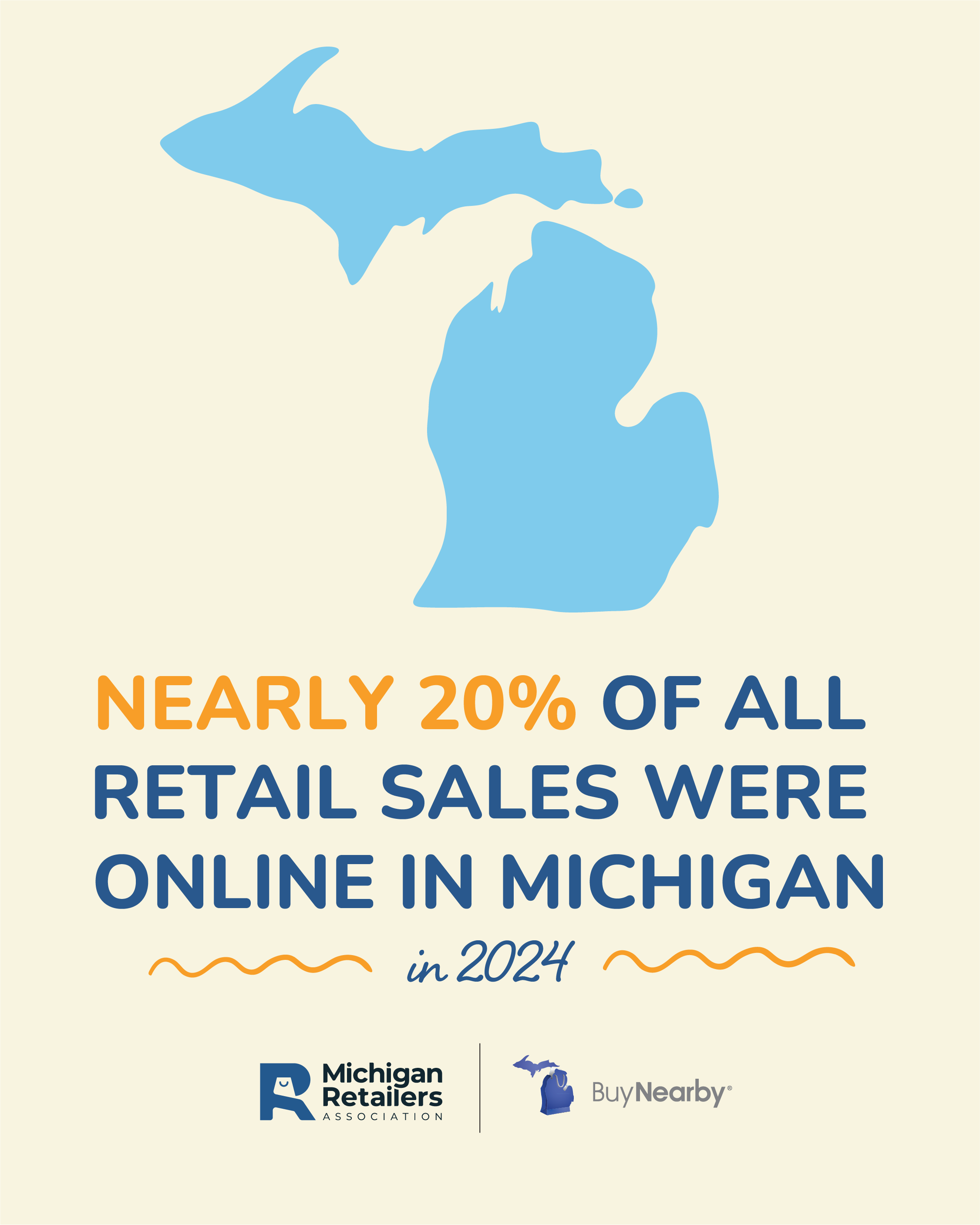For over a decade, online sales have grown to account for a significant percentage of total retail sales.
While the growth of e-commerce has slowed slightly in recent years, U.S. e-commerce sales have increased by more than 6.5% annually since 2013. It’s estimated that U.S. e-commerce sales will reach $1.29 trillion in 2025.
So, are e-commerce capabilities worth investing in for your business?
What to consider when implementing e-commerce
- Prioritize user experience when selecting an e-commerce platform. Shoppers will use a website more if their shopping experience is streamlined.
- Optimize for mobile devices. Sixty percent of global e-commerce sales are mobile sales.
- Use an integrated solution to help with inventory management, order tracking, and more.
- Be sure to inform your customers of new e-commerce functions and features. Create signage encouraging online shopping/check-out, send communications to your customers, and train your staff so they’re knowledgeable too.
Some e-commerce is better than no e-commerce
Remember that e-commerce is not one-size-fits-all.
You can use e-commerce in a way that works for your brand. If your business isn’t ready to take on shipping orders, you can implement e-commerce with in-store pick-up without implementing shipping options (yet). You can limit what inventory is available for online ordering. You can limit how many online orders your store accepts in a given time.
There are loads of options for customization of your e-commerce offerings, but the most important steps are to find a solution that works for your business model and to make sure your customers know it exists.
E-commerce sales are projected to keep growing for the foreseeable future. Now is the time to get started.







